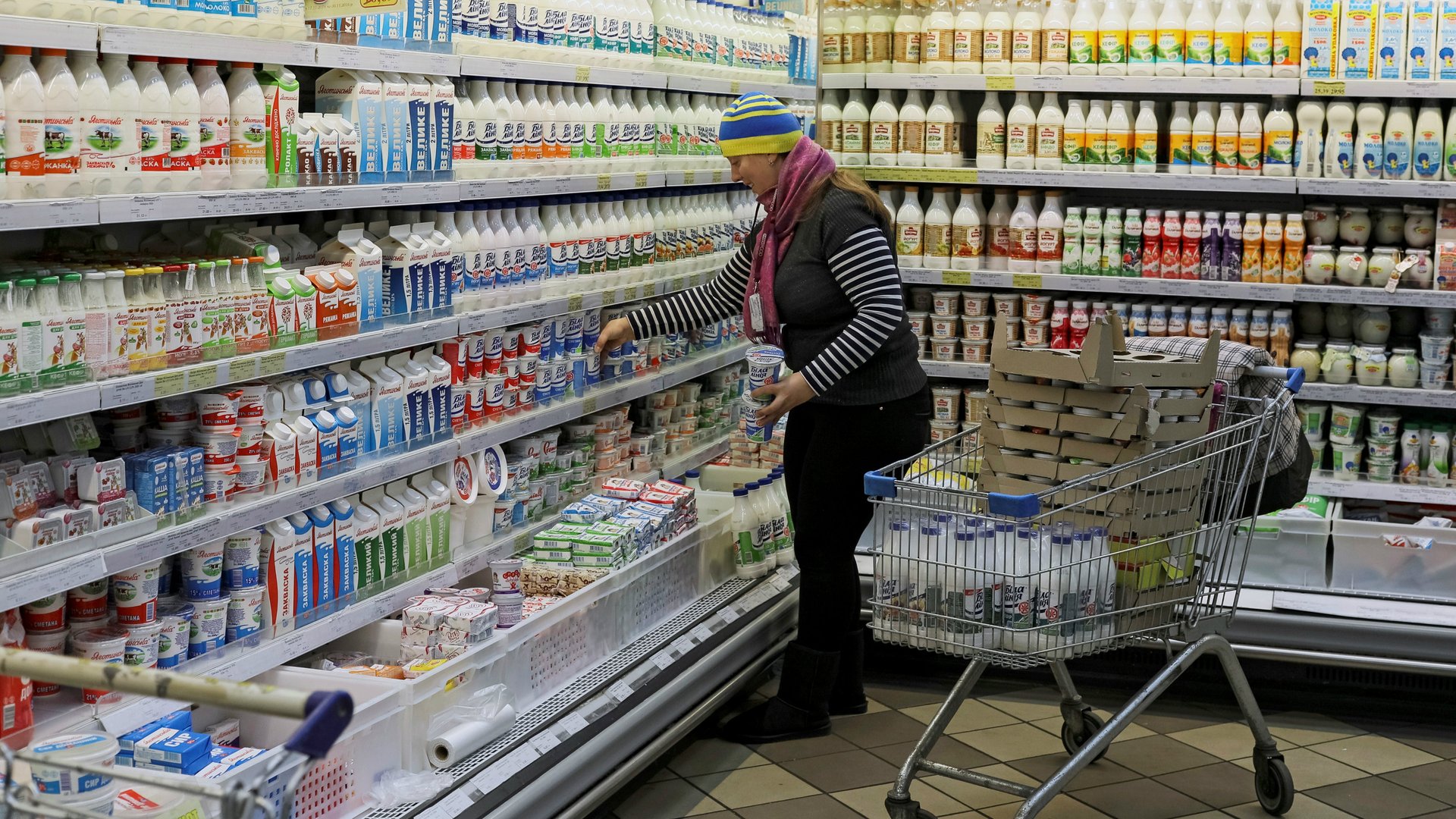The bubble for organic milk—the bougie darling of dairy—has finally burst
America is producing too much organic milk.


America is producing too much organic milk.
After years of consumers paying double and triple the price of conventional milk to go organic, supply has finally outpaced demand. That’s good news for loyal buyers of the stuff, who are starting to see cartons going for lower prices. It’s bad news for dairy farmers, who have so much on their hands that some are literally dumping it.
This was bound to happen, eventually. Organic milk may only account for about 18% of total milk sales in the US, but it’s become a lucrative business on its own. When it first began to gain traction in the early 2000s, there weren’t enough dairies to meet demand—which meant milk producers could charge a steep premium. Seeing an opportunity, more dairies began producing organic milk. In the last two years alone, the number of cows certified to produce organic milk increased by about 20%, Bloomberg reported.
Now, so much organic milk is on the market that there’s a glut.
At the end of 2007, consumers were paying an average of $4.40 for a half-gallon of organic milk at the supermarket. At that same time, a half-gallon of conventional milk went for $2.43, according the the US Department of Agriculture. Ten years later, the cost of a half-gallon of organic milk is around 10% less at $3.99; conventional sits at $2.47.
While sales of milk overall have struggled in the last decade, organic milk has managed to outpace the market.
To be sure, the glut of organic milk does not mean sales are taking a big hit. Sales reached close to $2.5 billion in 2016 and have consistently been on the rise—though the growth rate has started to taper off.
So lovers of organic milk should enjoy lower prices while they can. The dairy market will surely adjust to ensure it can earn the maximum amount for a product that’s still proving popular.